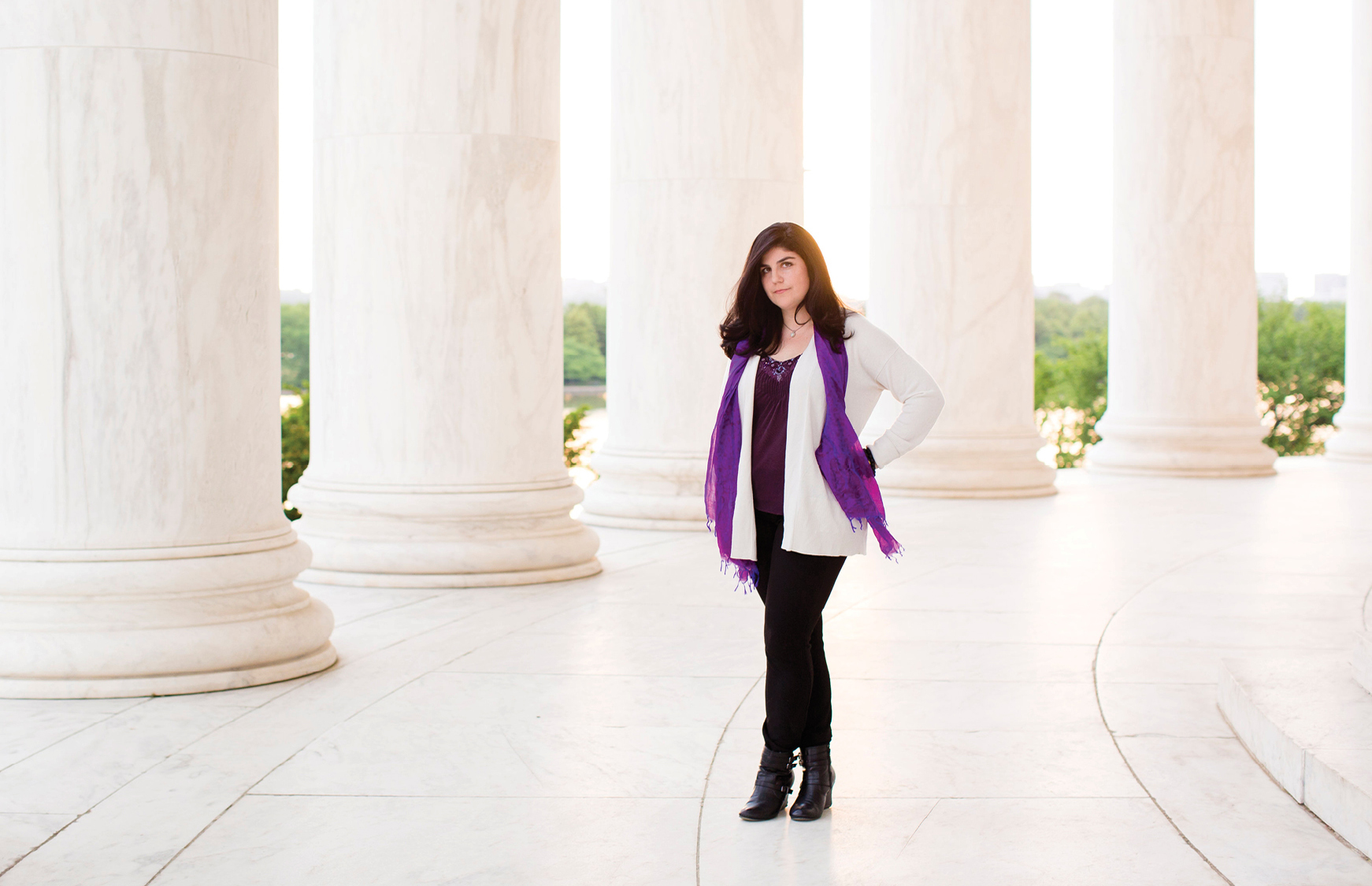Jacquelyn Martin was lucky enough to have laser-focus from a young age. This combined with strong devotion led to her success in the fiercely competitive photojournalism market. Her passion for the art was born on safari in Tanzania during her freshman year of college. Although she was taken with the animals, what really drew her in were the Tanzanian people and the stories they had to share. After that, she switched majors and never looked back.
While her passion and perseverance have paid off, Jacquelyn has had her share of ups and downs. After working four internships post-college, she landed a job in Alabama for a local newspaper. Three years later, the newspaper crumbled and she was forced to freelance for the next year. After nearly 100 job applications and only two offers, she finally got a phone call from the Associated Press in Washington D.C. Whether behind the scenes with Secretary John Kerry or in a girl’s ashram in India, “I really enjoy lifting up the curtain and showing surprising but universal moments,” she says.
Jacquelyn also has set out to help other women bring their passions to life. She is the president of WPOW (Women Photojournalists of Washington) a group where fellow women in photojournalism can bounce ideas off one another. Today, Jacquelyn gives advice to budding photojournalists and shows us how honing in on your passion and never accepting defeat can take your career to new heights.
Her Starting Point
Photojournalism is a very dynamic career. What sparked your interest in this field? When did you feel like this was the right path for you?
I joke that most photographers are people who loved art, but couldn’t draw. I enjoyed art, but didn’t show much skill until taking a photography class in high school. I was fortunate to attend a high school with a great photography program and darkroom. At first, I experimented with photography in general, but I was always drawn to photographing people.
I knew while looking for colleges that I wanted a photography program, but I wasn’t sure in high school that it was the only path for me, so when I saw that RIT had a Biomedical Photography program I applied for it right away. It turns out that Biomed was more technically focused and it wasn’t until I took a documentary photography class that I found my true photographic niche.
My freshman year I went on a photographic safari in Tanzania. Although I was taken with the animals, I was really drawn to the Tanzanian people who worked as guides. I realized from that trip that photojournalism was what I really wanted to do, so I switched majors and I’ve never looked back.
Many people find the transition between college and “real life” a bit daunting. Can you tell us a little bit about your journey between the two? What was your first job out of college?
I feel lucky to have been quite focused from a young age. I’ve been a pretty straight arrow toward my goals ever since. I can’t over emphasize the importance of perseverance in this field. Honestly, my first portfolio to apply for newspaper internships was not very good. But I took my sheet of slides with me on a vacation with my father and cold-called the local newspaper. They didn’t have an internship at the time, but they agreed to meet with me and, after the interview, they made a paid position for me and that was my first photojournalism internship! That was the summer after junior year—I’d recommend starting earlier.
Once I graduated, I had three more internships. One in my hometown of Syracuse, New York, one in Ohio and one at the St. Petersburg Times in Florida. Toward the end of my fourth internship, a year after graduating, my boss suggested that I was ready for a full-time job. He encouraged me to apply for an opening in Birmingham, Alabama, and though I wasn’t sure since I had never been to Alabama and I’m from upstate New York, I got the job and it was a wonderful place to be a fledgling photojournalist.
Weird stuff happens in Alabama. It was a lot of fun to cover and never boring. The newspaper welcomed articles and projects pitched by our photographers. It was in Alabama that I became fluent in Spanish by working on a story for over eight months on increasing Latin American immigration to the state.
Three years into my first job, the newspaper folded. Birmingham couldn’t support two daily newspapers, but it was still a shock despite our dwindling circulation. We all had twelve hours to get all of our things out of the building. I learned from this experience to not let the job define me. I was still a photojournalist, just no longer at the Post-Herald.
How has your college degree prepared you for your current endeavors? Do you recommend that people interested in photojournalism embark on a streamlined path or maybe explore a little more?
Going to RIT was great because, before college, I really wasn’t that comfortable around technology. At RIT, I learned how to understand cameras, film and software and created my own website for fun. I’ve been designing my own site ever since.
Photography can become all about the gear, but at college, I learned to master the technology and work on the craft. For me, going to school was very helpful. You make connections, learn skills, practice and perfect your craft. I do wish I had perhaps taken a year between college and applying for jobs to travel and work on personal projects. It gets harder to take breaks the longer you’re out and working, so I do recommend to students to try and travel if they can before settling into a full-time gig.
Of course, the world of photojournalism has changed a lot in the decade or so since I graduated and I realize there are less and less full-time jobs out there to be had. It’s a very difficult market to break into, with more people every day trying to do it and many without any financial compensation, which drives down prices. Don’t pursue this path unless it’s the only thing you can imagine doing. It’s just too hard to pursue any other way.
Her Big Break
You currently work for the Associated Press in Washington DC. How did this opportunity come about? What was most important when selecting a job?
After I got laid off, I spent the next year freelancing in the Southeast. I knew I enjoyed being on a staff and I sent out a total of 100 job applications—I have the cover letters to prove it! I was able to work on a personal project during this time for a month in Mexico that won a national award. In the entire year of applications, I was only offered two positions. The first one I felt was a horizontal move, so I turned that one down. Luckily, right as I was about to run out of money at the end of the year, I was offered a job that I had applied for with the AP’s Midatlantic Bureau, covering issues in the D.C. Metro area. It was about the sixth position I had applied for with the AP, which had several openings that year. I was very excited to work for the AP and to move to D.C.
I spent three years covering the D.C. Metro area before being moved over to our national political desk that covers national politics as well as major sports and spot news. It’s been a real growth experience covering Congress and the White House, and I’ve also had the opportunity to circle the globe covering the Secretaries of State and Defense on their missions around the world. I recently started covering the President during trips on Air Force One. I could never have anticipated ending up here and it’s been quite the adventure. I feel fortunate and I work very hard.
Photojournalists tend to have fluctuating schedules. What is a typical day in your life like? What are your main duties and responsibilities at the Associated Press?
There really is no typical day at the AP. Your duties depend on the shift that you have that week, although, when big spot news happens, such as the shooting at the Navy Yard, we often drop everything and it’s all hands on deck. Three weeks ahead, the schedule is posted for another week, so it’s hard to plan your life in more than three week chunks.
The nature of the job is that you have to be literally attached to your phone. No matter where I am or what time of day, even when on vacation, I make sure I can answer the phone in case news breaks. When I’m on the general assignment shift, I either get my assignments via email the evening before or the morning of. Often an assignment or two will be added during the day as coverage demands. We have an assignment editor who decides who gets what.
Typical assignments include hearings on Capitol Hill, protests on the National Mall, funerals at Arlington Cemetery, a bilateral meeting at the State Department, weather features, Capitols hockey or Nationals baseball games, First Lady or Presidential press conferences and events—it really runs the gamut. I may be told to get ready for a political international assignment with just days notice. Hours are as long as the news of the day requires.
I’m in charge of making sure I know what assignments I have and to be there promptly. I then photograph the assignment or event and edit on site, using a laptop and aircard that I carry on me. In less pressing situations, I often file from my car. At large news events, it’s my responsibility to file the photographs very quickly—often soon after the event has begun now that we have a 24-hour news cycle. I do my own editing and send it to our photo desk, which double checks and sends them on to the world. I’m also responsible for including an accurate caption and to correctly identify the people in the photograph. We have to be fast and accurate. It’s not enough to be either or.
Websites and social media are a great way for photojournalists to promote their work. Do you have any words of wisdom on this area for budding photojournalists? What are some pitfalls to avoid on the web?
The web can be tricky. On one hand, it’s great for getting your work out there to a wider audience. On the other hand, it’s tough to get paid. Photojournalism is a profession and the more photographers give their work away, the less we are perceived as being professionals who need to pay the bills with our work.
Don’t just give your work away for free. Negotiate. Pay attention to blogs or outlets that use your work without permission. That is not okay. I can’t tell you how many times people have written to tell me what great “exposure” I’ll get if I let them use my work for free on their blog or news site. I work for the Associated Press—the work gets plenty of exposure. “Exposure” doesn’t pay the bills. Do not fall for these false compliments. Is the writer or publisher getting paid? Then you should get paid, too.
That said if you could maintain control of your work using your own personal social media accounts and expand your brand, that can be a great thing. Tasteful watermarking is one way to make sure your images can be traced back to you, although there is some debate over its impact on the look of the photograph. I’ve enjoyed posting on Instagram and the greater conversation that can ensue, but I’d be cautious and only post crumbs, not the whole project. Leave ‘em wanting more.
With Facebook, I’d caution to not blur the professional and personal lines. I don’t post anything even remotely political. With Twitter, I’d keep in mind how incredibly vast your audience is and be cautious what you post. Be a professional. Check your sources and your punctuation.
Also, don’t only post about yourself and your work: link to other photographers and news outlets. Add to the conversation.
One of the most challenging aspects of this profession is making sure the photos complement the story, and vice-versa. When do you realize you’ve hit the mark with your choices?
I find understanding the news of the day and what the key issues and who the key players are really helps my coverage—especially in places like Congress and the White House where it’s often a matter of inches and degrees. I like to talk to the reporter ahead of working on their story to make sure I’ll hit the same notes, and I enjoy doing my own reporting as well. In portrait situations, I find speaking with the person for a bit before taking pictures can help inform me about their character and I love to incorporate quotes into captions.
Photojournalism is usually a very diverse field with an abundant amount of topics. What is your favorite focus and why?
I’m interested in identity and how that can be shaped by factors such as race and class. The stories of stigmatized people, such as the beautiful people with albinism in Tanzania, move me. As I mentioned, I find immigration interesting as a theme and I’m moved to tell the stories of women and girls, especially in societies where they are marginalized. In anything I do I strive to show the universal human experience, whether that’s behind the scenes with Secretary Kerry or in a girls ashram in India. I really enjoy lifting up the curtain and showing surprising but universal moments. I just love and am curious about people and that’s what drives me.
Questions often arise about financial stability as a photojournalist. Has this ever been an issue for you? If so, how did you overcome this?
I’ve been truly fortunate to be on a staff most of my career. So, unlike many people, I have had the benefit of a steady paycheck. As a freelancer, you have to be disciplined. Taking business classes in college is a great idea as more of your time will be about being business savvy than picture taking. The National Press Photographer’s Association (NPPA) has been a great resource for continuing education. Because I have been laid off in the past, I realize that this job may not last, so I contribute regularly to a Roth IRA that I started in college and slowly build my savings account as well.
Her Perspective
Work hours can be stressful, especially on those who don’t have set schedules or routines. How do you keep yourself balanced throughout the day? Are there any morning routines that get you jazzed up for the day?
My schedule has been so crazy lately that balance is honestly a struggle. I’m not a morning person, so I’d say sleeping in makes me happy! Although I do find that, if I can get a workout in early, it helps me have more energy all day long. We just adopted a puppy, so now I take her for a morning walk. My favorite stress reliever is salsa dancing. It’s a blast and a great way to stay active and do something fun with my husband.
Many women struggle with making career choices and bringing their passions to life. What advice would you have for these women?
It helps to form a community of other women who have the same challenges as you do. I’ve been involved in WPOW since moving to DC and it’s a great community of women photojournalists who you can ask questions of and get inspiration from. If you choose to have a partner, I think it’s very important to find someone who supports your goals and understands your motivations. If not, it can be a struggle. It’s important to ask yourself what you really want ahead of time. No one can answer that for you, and it may change over time. It’s good to reassess where you are and not let life just happen to you. For me, doing personal projects has been helpful in reminding me why I got into photography in the first place. Instagram has kept it fun. And I try to be well rounded as well so that an individual job doesn’t define the whole me.
What’s next for Jacquelyn? Any big projects on your agenda?
I’m writing this interview from aboard a plane as the pool photographer en route to cover Secretary of State John Kerry, with stops in Rome and Saudi Arabia. Additionally, each year I use part of my vacation time to work on a personal project. I have an idea in Brazil and another in Pakistan, and I’m also thinking seriously about expanding a project I worked on in 2012 about albinism in Tanzania titled “Tribe of Ghosts.” I recently met a brave little girl in D.C. who I think would be a great story. I think it’s very important to have personal work that revitalizes you outside of whatever you do to pay the bills. I’m lucky to be passionate about my day job, but the personal work I do is extremely rewarding.
You May Also Like
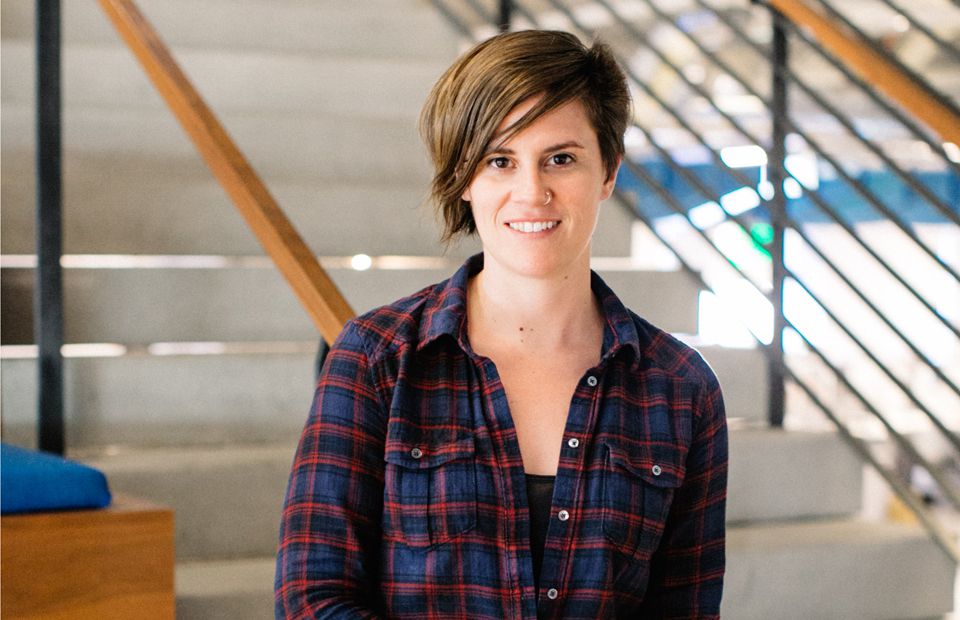
Media
How to Use Positive Reinforcement at Work—and Other Advice from a Pandora PM
"My advice to anyone who wants to get into product management is: check your ego at the door."
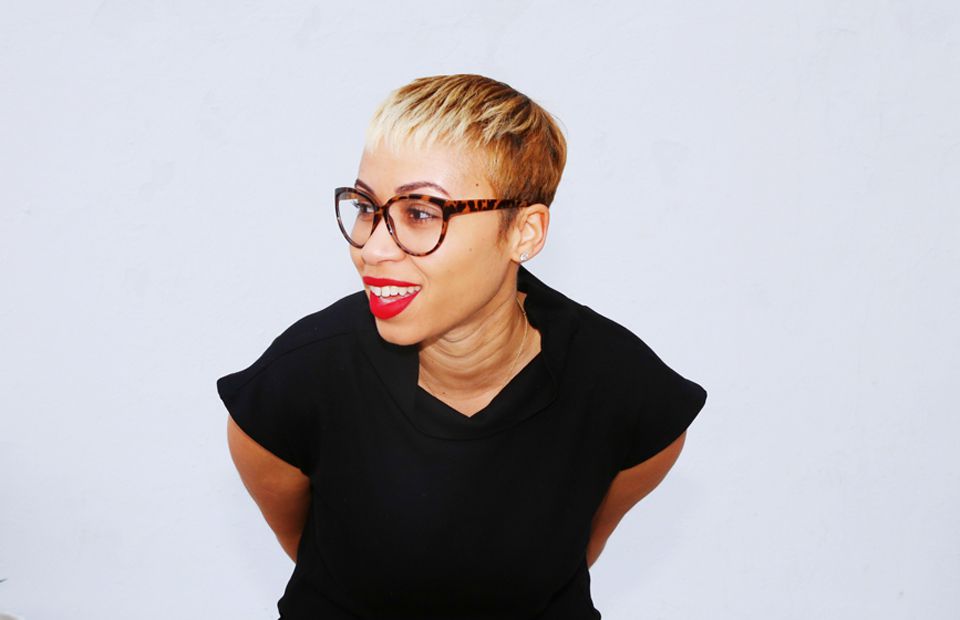
Media, Communications + Public Relations
How to Take Risks, Make a Switch, and Find a Career You Love—From a Woman Who's Done It 4 Times
Making your wildest dreams come true starts with understanding yourself—and Ahyiana Angel can help.
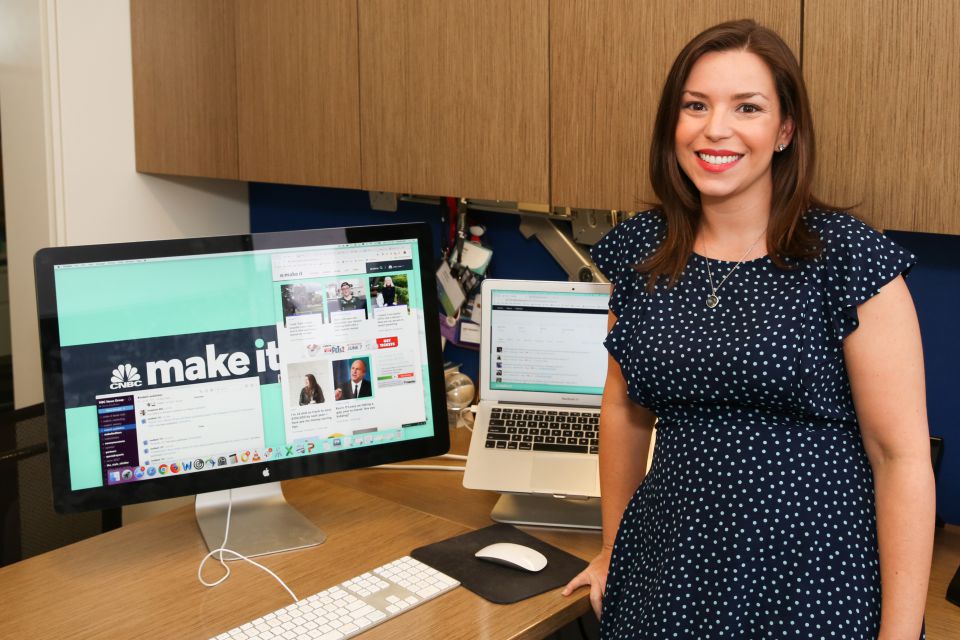
Communications + Public Relations
Creating Content That Empowers Audiences with CNBC's Digital VP and Managing Editor
This week, we interviewed Jenna Goudreau, the VP and managing editor of CNBC Digital. Let's learn how she keeps her powerhouse content creation machine going.
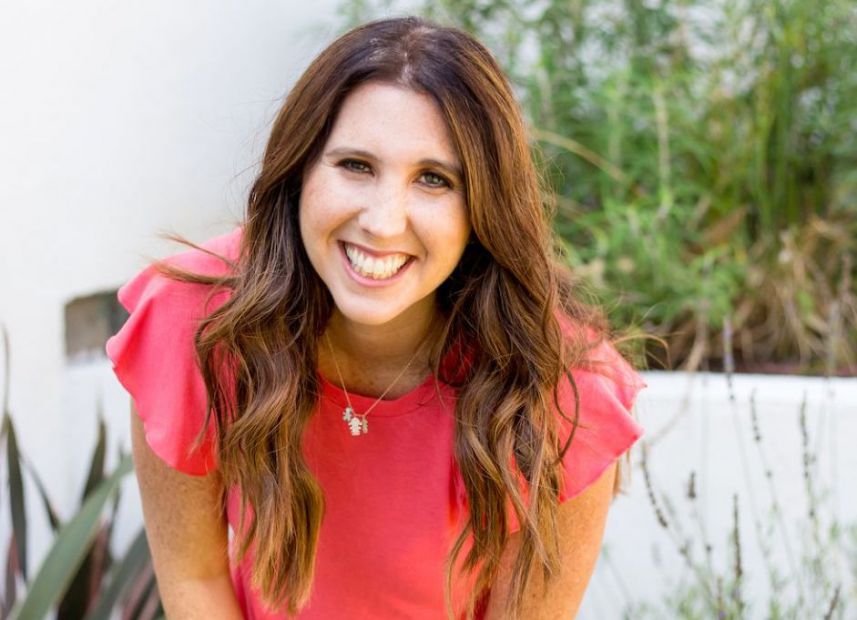
Entertainment
Working Creatively From Home with Cathy Heller
Cathy Heller is a singer, songwriter, entrepreneur, mother—and now, an author. Determined to lift others up to the "happiest versions of themselves," this queen of the hyphenated job title, leads by example. She shared how to build a fulfilling career in a creative field—all while working from home.
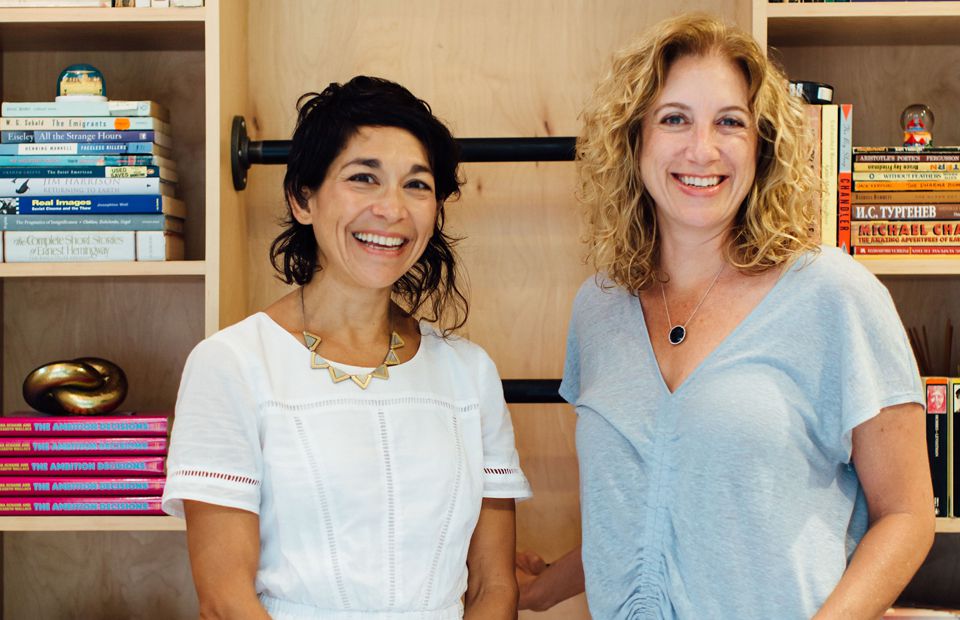
Media
Women, Work, and What It's Like to Write With Your Best Friend—From the Authors of The Ambition Decisions
"We should all give ourselves permission to challenge the things we think can’t be challenged."
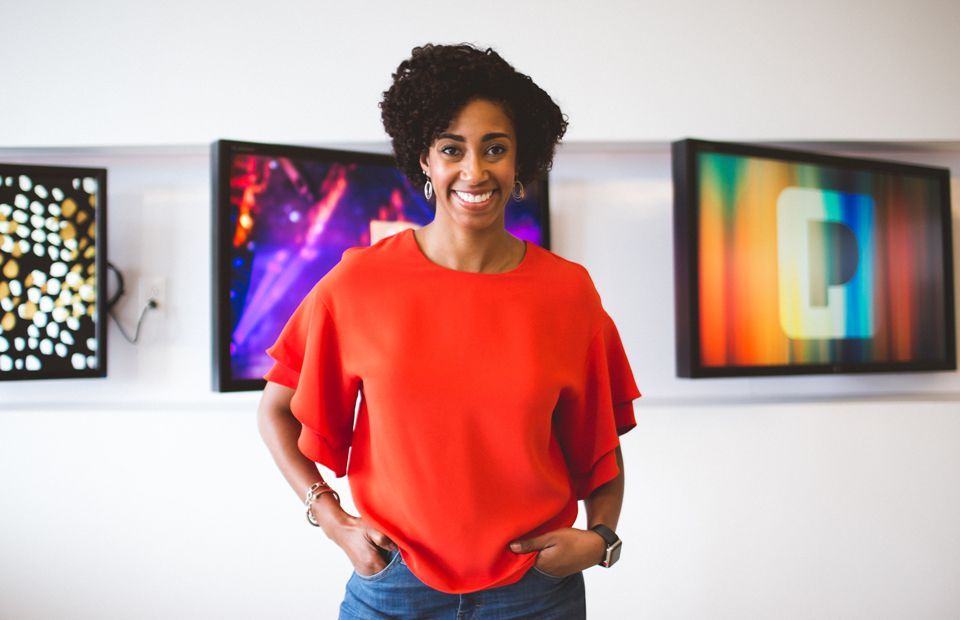
Media
A Director at Pandora on Staying Present, Celebrating Others, and Learning From Failure
"Share your wins, but most importantly, share what your growth areas are, share when you fail, share how you bounced back."
Get the Best Career Advice Delivered To Your Inbox
Join our newsletter to stay in the loop.
